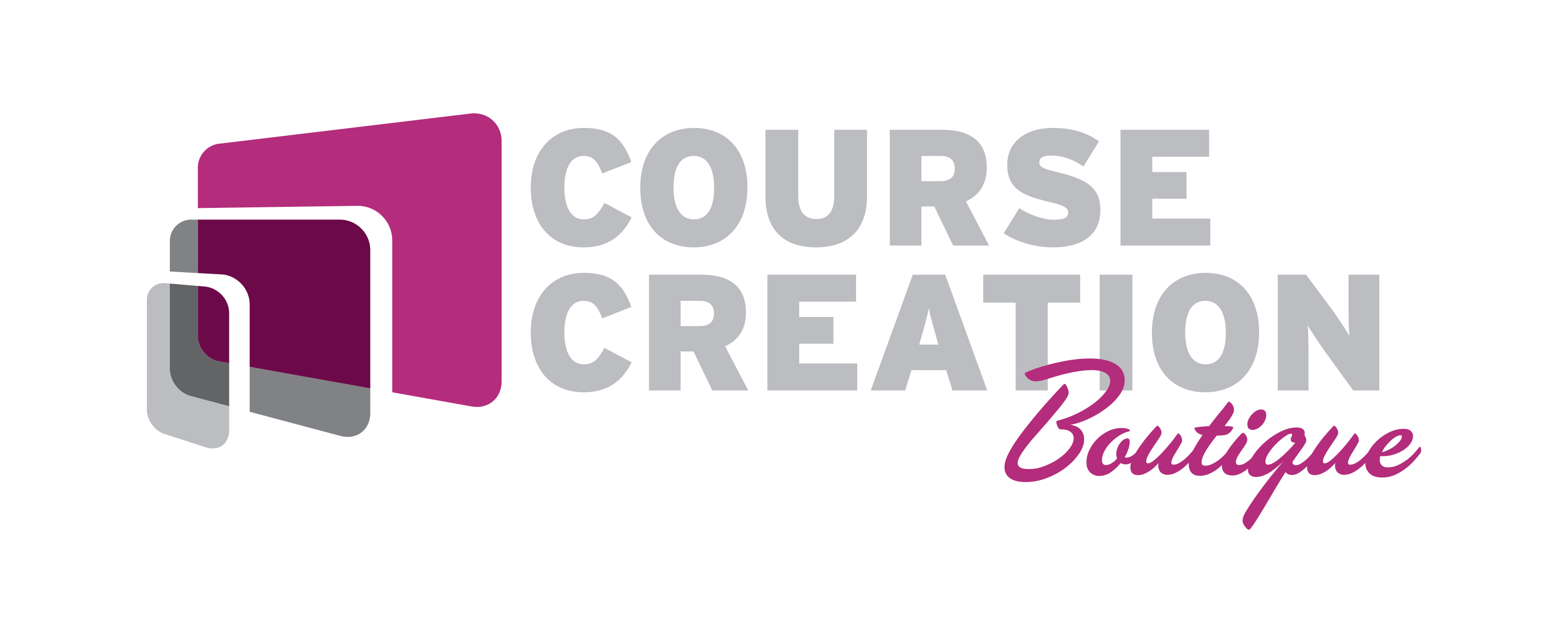How to Propel Your Students to Take Action with Nicki Krawczyk
Is how and what you’re communicating getting through to your audience?
You’re crafting brilliant content, nurturing potential students, and providing value. How is your message landing? Is your audience connecting with you?
An audience that clicks and listens is essential for generating revenue, and sometimes, as experts, we can get out of touch with the topics and language that ticks the boxes for our ideal students.
How do you create genuine connections with your potential students?
In this episode, copywriting and marketing expert Nicki Krawczyk joins me to discuss what is encouraging audiences to listen, engage, and buy. There are simple practices that can bump your audience out of scroll mode and propel them to take action, including.
- Communicating with language that helps them feel seen and heard;
- Striking a balance between under- and over-sharing;
- Understanding the two points you always need to highlight; and
- Finding the real reason your prospect does or doesn’t want to work with you.
In addition, you’ll learn the one thing that has to be right or it’s game over.


